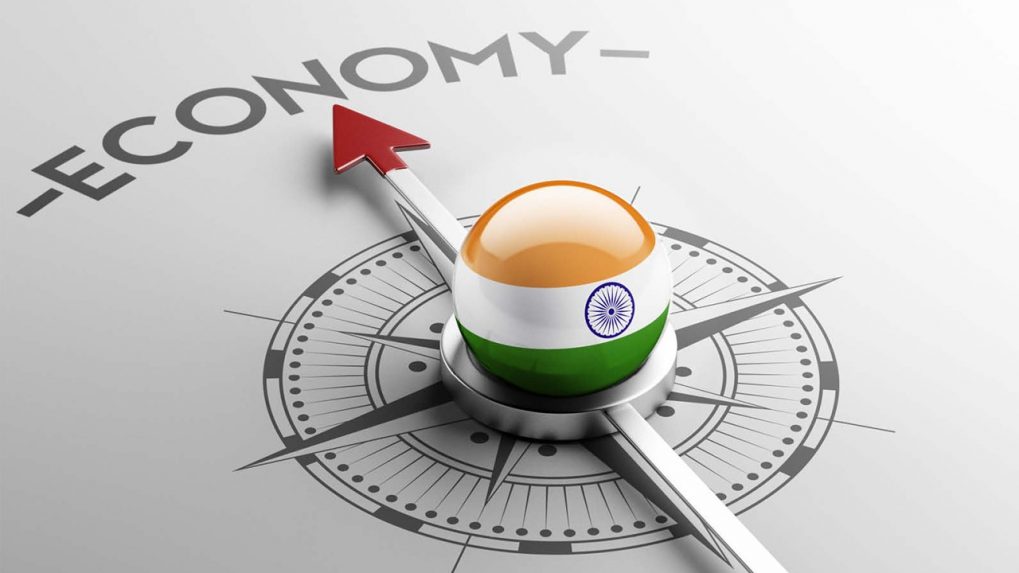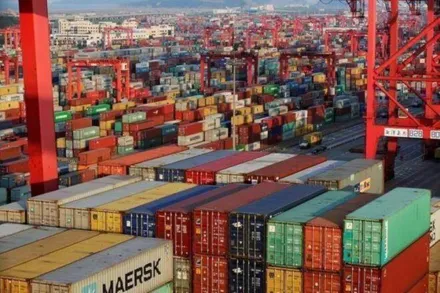- Courses
- GS Full Course 1 Year
- GS Full Course 2 Year
- GS Full Course 3 Year
- GS Full Course Till Selection
- Answer Alpha: Mains 2025 Mentorship
- MEP (Mains Enrichment Programme) Data, Facts
- Essay Target – 150+ Marks
- Online Program
- GS Recorded Course
- Polity
- Geography
- Economy
- Ancient, Medieval and Art & Culture AMAC
- Modern India, Post Independence & World History
- Environment
- Governance
- Science & Technology
- International Relations and Internal Security
- Disaster Management
- Ethics
- NCERT Current Affairs
- Indian Society and Social Issue
- NCERT- Science and Technology
- NCERT - Geography
- NCERT - Ancient History
- NCERT- World History
- NCERT Modern History
- NCERT Medieval History
- CSAT
- 5 LAYERED ARJUNA Mentorship
- Public Administration Optional
- ABOUT US
- OUR TOPPERS
- TEST SERIES
- FREE STUDY MATERIAL
- VIDEOS
- CONTACT US
India’s State Capacity and Qing Dynasty Lessons
India’s State Capacity and Qing Dynasty Lessons

Why in the News?
- India is a large and fast-growing country. For such a country, the government must be strong and active.
- There is now a growing need to increase the number of people working in public services like health, education, and law enforcement.
- The shortage of staff is becoming a big problem. The example of the Qing dynasty in China is being discussed to highlight the risks of having a very small government. This topic is important for India’s future development.
|
The Qing Dynasty: A Lesson in Small Government
Why It Matters for India Today
|
What are the Key Highlights?
- India needs a minimum size of government to serve its large and diverse population.
- Important public services like police, healthcare, and schools directly affect people’s lives.
- There is a shortage of nurses, teachers, police officers, and public development staff.
- 300 million Indians have come out of poverty in the last 10 years because of better welfare delivery supported by technology.
- However, technology alone is not enough. Human staff is still needed on the ground.
- Some people believe that small governments are better, but this does not work in areas like health and education.
- India’s economy is growing faster than its government systems can keep up with.
- We must also focus on state capacity, the ability of the government to deliver services effectively.
- Recruitment in public service must be improved to bring in the best talent and match the speed of private sector growth.
- There is also a need for parity in pay and performance between government and private sector jobs.
- Keeping the government sector small and privileged can lead to long-term problems for the country.
- A modern economy also needs a modern and capable government in both quality and quantity.
What are the Significances?
- Better Quality of Life for Citizens: A strong and well-staffed government ensures better delivery of essential services like healthcare, education, and law enforcement, directly improving people’s daily lives.
- Stronger Public Institutions: Investing in human resources builds institutions that can respond quickly and effectively to the needs of a fast-changing and growing economy like India.
- Support for Economic Growth: A capable public sector helps create a stable environment for businesses, encourages investments, and supports long-term economic development.
- Reduce Inequality in Services: Increasing the number of public servants in remote and rural areas helps ensure that all citizens, regardless of location or background, get access to basic services.
- Balance Between Technology and People: While digital tools are helpful, human presence is still necessary for last-mile delivery. A mix of technology and trained personnel gives better results.
- Public Trust and Governance: A visible, active, and responsive government increases citizens’ trust and participation in governance, building a stronger democracy.
What are the Challenges and Way Forward?
|
Challenges |
Way Forward |
|
1. Shortage of public service staff (nurses, teachers, police, etc.) |
Increase recruitment across key sectors to meet growing public needs. |
|
2. Over-reliance on technology for service delivery |
Use technology as a support tool, not a replacement for human workers, especially at the grassroots. |
|
3. Belief that small government is always better |
Shift mindset to value efficient and sufficient government size for critical sectors like health and education. |
|
4. Low attraction of talent to public sector |
Reform recruitment methods and improve pay, promotion, and working conditions to attract top talent. |
|
5. Performance gaps between private and government employees |
Link performance with rewards in public service and introduce accountability measures. |
|
6. Growing economy outpacing administrative capacity |
Modernise state systems and expand government reach to keep pace with economic and social changes. |
Conclusion:
A nation’s progress depends not only on economic growth but also on its ability to ensure fairness, opportunity, and dignity for every citizen. This requires a public system that is inclusive, future-ready, and rooted in accountability. Building such a system calls for bold reforms, better planning, and the courage to invest in people who serve the public every day. India’s development path must place equal value on institutions and infrastructure, ensuring that governance keeps pace with the aspirations of its people.
|
Ensure IAS Mains Question: Q. “A modern and growing economy requires a capable and adequately staffed public administration.” Discuss how the historical example of the Qing Dynasty provides a cautionary tale. Suggest measures to strengthen India’s public service workforce. |
|
Ensure IAS Prelim MCQ: Q. Consider the following statements regarding lessons India can learn from the Qing Dynasty experience:
How many of the above statements is/are correct?
Answer: B Explanation: Statement 1 is correct: Weak governance resulted from a small state structure. Statement 3 is correct: A low tax-GDP ratio constrained the Qing state’s effectiveness.
|



